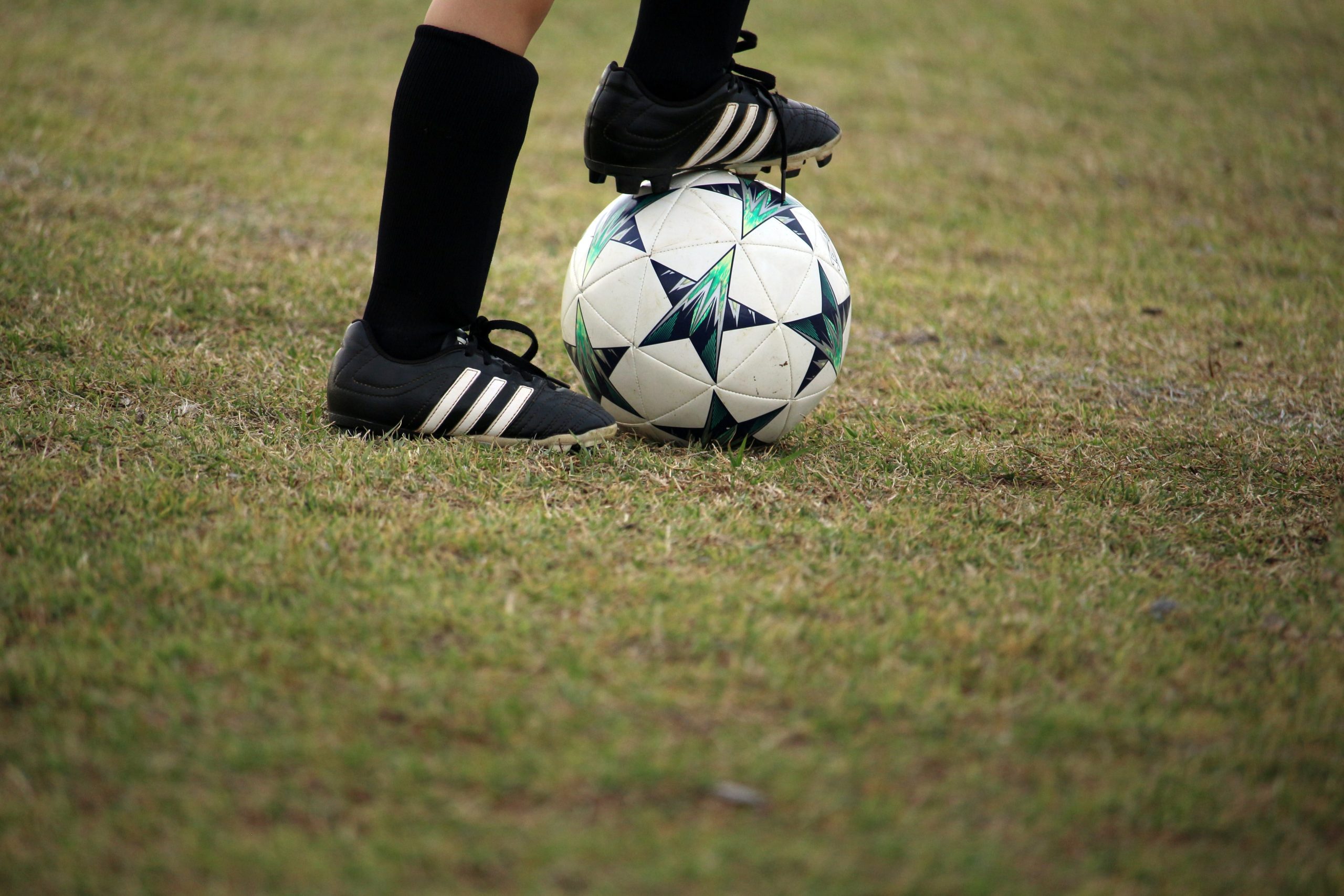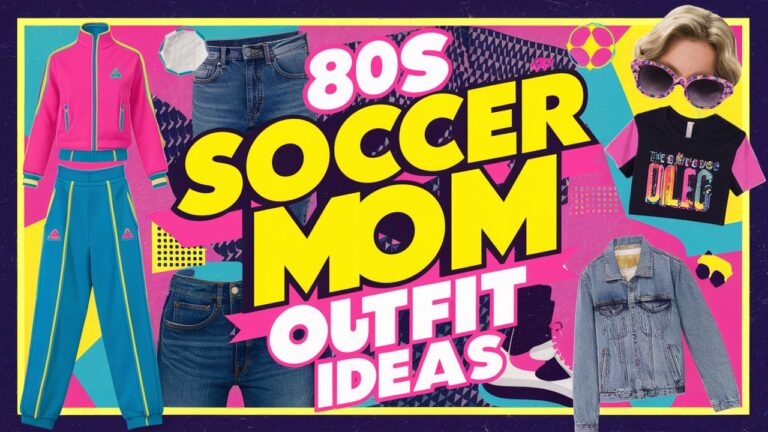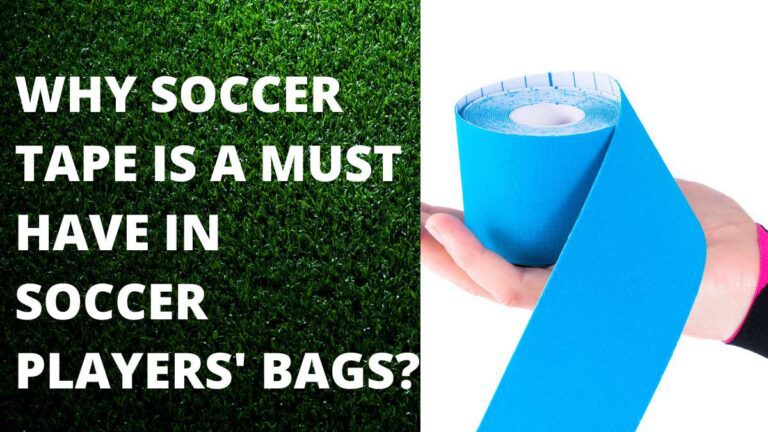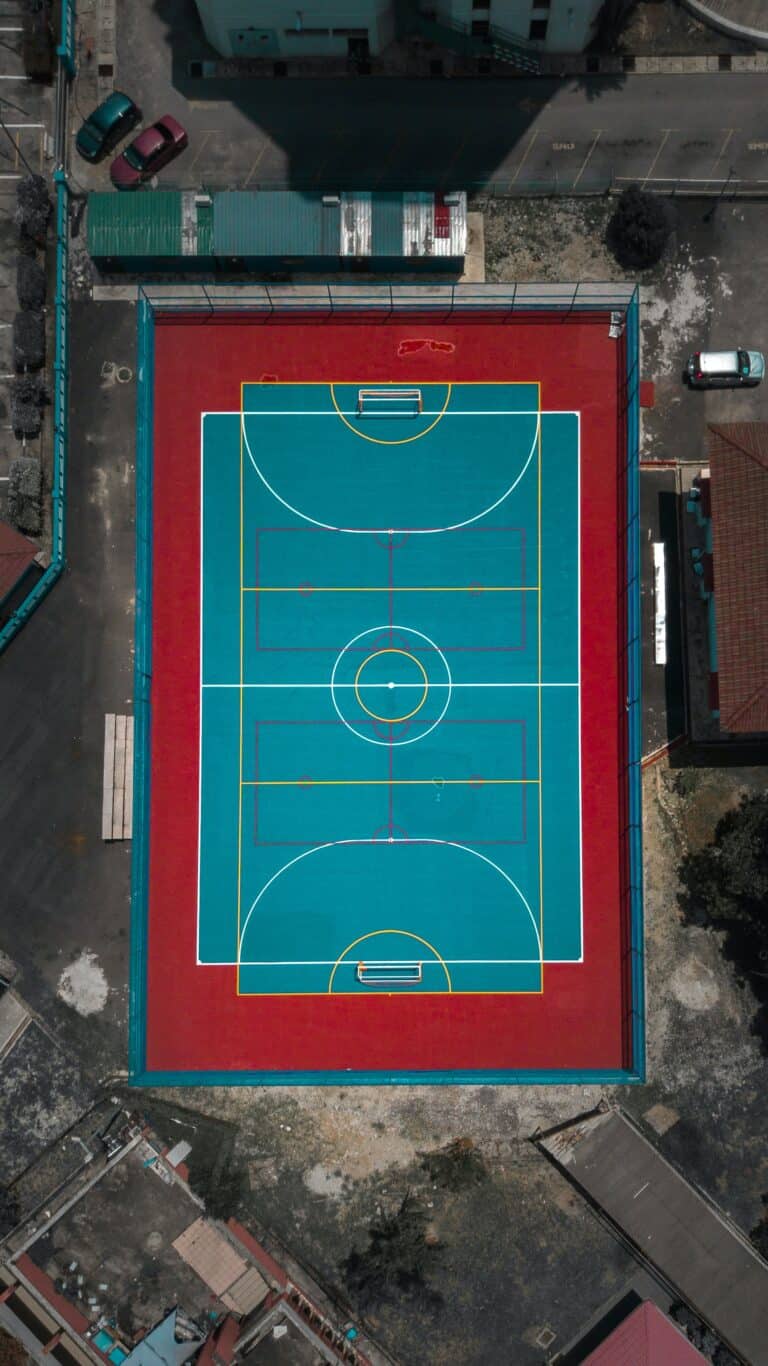What to Look for in Toddler Soccer Socks: A Guide for First-Time Parents (2024)
As a first-time soccer parent with a toddler, you may believe that all you need to worry about is getting a pair of shoes and a ball. However, there is one more essential item that you should not forget – toddler soccer socks. Soccer socks not only complete the uniform look, but they also contribute to your child’s comfort and performance on the field.
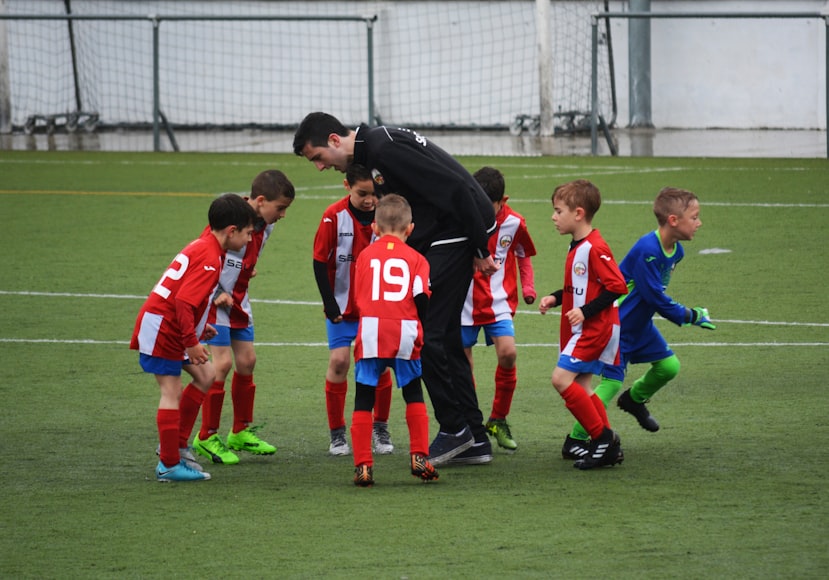
The toddler soccer socks you choose for your child can have a significant impact on how they play and feel. The appropriate pair of socks may prevent blisters, offer support and cushioning. Moreover, a good pair of toddler soccer socks will keep your child’s feet dry, and keep them comfy. However, as a parent, it might be challenging to know what to look for in toddler soccer socks considering the wide range of options available.
Hence, this is the only guide that you’ll need to read in order to find out the best pairs of toddler soccer socks for your child. Everything you need to know about picking the best toddler soccer socks, from size and fit to material, cushioning, design, and maintenance, will be covered in this guide. This is because soccer socks not only complete the style of the outfit, but they also have a big impact on your child’s comfort and performance on the field.
Size and Fit
Your toddler’s comfort and success on the field depend on the size and fit of their soccer socks. Socks that are too tight may be uncomfortable for the child whereas socks that are too loose may lead to slipping and bunching. As a result, your child may experience blisters on their feet and they may not be able to play properly. This is why finding the perfect size and fit for your toddler soccer socks should be your main priority.
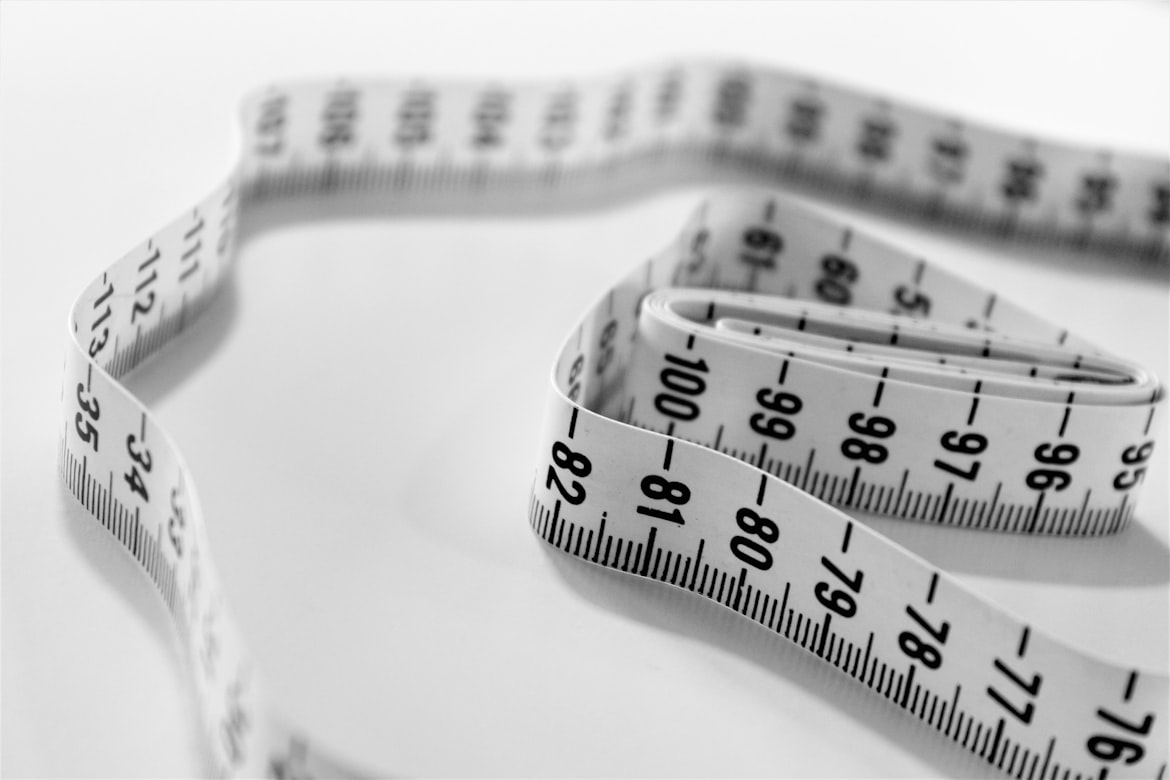
You should first measure your child’s feet to ensure the correct size and fit. You can do this by drawing a trace of their foot on some paper, then measuring its length and width. Once you have the dimensions, you can choose the correct size by consulting the sizing chart provided by the sock manufacturer.
The design of the soccer socks can also have an effect on how well the toddler soccer socks fit to the child. Crew-length and knee-high soccer socks are the two main types of socks that you need to be aware about. Knee-high socks go all the way up to the knee, whereas crew-length socks are shorter and end just below the calf. Knee-high socks offer extra coverage and more support, but some toddlers might find them excessively long.
Consider your child’s age, foot size, and personal preferences when selecting the proper fit. For smaller children, a snug fit is typically advised, although older children can prefer a looser fit. Also, it’s critical to check that the soccer socks slide easily and snugly into the cleats without creating any pressure or discomfort.
Ultimately, you may need to try a few different sizes and fits before finding the perfect pair of toddler soccer socks for your kid. To make a more informed choice, it’s always a good idea to speak with a salesperson or customer support from soccer stores if you’re unsure.
Material
Another crucial factor is picking the proper material for your toddler soccer socks. Your child’s socks’ comfort, breathability, moisture-wicking, and durability can all be impacted by the material.
Cotton is one of the fabrics that is most frequently used to make soccer socks. Cotton is cozy and soft, but it isn’t the best material for wicking away moisture. This suggests that wearing cotton socks in hot, muggy weather may not be the greatest idea. Cotton socks, on the other hand, are typically less expensive and can be a decent choice for beginners.

Polyester is another material used to make soccer socks. Polyester is a fantastic material for all weather circumstances because it is both lightweight and strong. Also, because it wicks away moisture, it can keep your child’s feet dry and comfortable while they sweat playing soccer.
Another common material for soccer socks is nylon. It is strong, lightweight, and effectively wicks away moisture. Stretchy nylon socks can offer a close-fitting, pleasant fit.
Some soccer socks contain a mix of several fabrics, such as polyester and spandex. Stretchability and moisture-wicking features of both materials may be offered in soccer socks that are made from the blend of cotton and nylon.
You will have to consider the weather, the amount of physical activity, and your child’s preferences when deciding on the material for his or her soccer socks. A moisture-wicking material, like polyester, can be the ideal option for hot and muggy weather. However, a cotton blend or heavier cloth may offer extra warmth in chilly climates.
It is also critical to consider the material’s durability. Soccer socks are subjected to a lot of wear and tear, so choosing a durable material can help extend their life and save you money in the long run.
Cushioning and Support
Cushioning and support are some other factors that you’ll need to consider when buying toddler soccer socks. Blisters can be avoided, stress absorption can be improved, and there can be more comfort on the field for your child with the correct amount of cushioning and support.
Many toddler soccer socks models provide extra padding in the heel and toe regions. This can help in preventing blisters and scrapes on these delicate places brought on by contact with the soccer cleats. When jogging and jumping, look for socks with padded soles since these can absorb impact and add to your comfort.

When choosing the best pair of toddler soccer socks, support is another crucial factor that you’ll have to consider.. In order to avoid any arch strain and pain, look for socks that offer arch support. Moreover, a sock with a compression fit helps increase support and blood flow to the feet.
You might want to think about using specialty insoles or socks if your child has flat feet or other foot issues. They can assist in supplying additional comfort and support for their particular foot needs.
Your toddler soccer socks should balance support and cushioning, so keep that in mind when shopping. While too much support can feel constrictive and uncomfortable, too much cushioning might cause the socks to bunch up or slip.
The amount of physical activity your child will be participating in is another crucial factor. A simple pair of soccer socks with minimal cushioning and support may be adequate for beginners. However, If they play more frequently or competitively, you might want to spend money on socks with more sophisticated cushioning and support qualities.
Design and Style
Even though you should buy toddler soccer socks mainly based on the comfort that it provides, you could also consider the aesthetics of the socks. Your child may feel more confident and eager to play on the field if you select a design and style that they enjoy.
Soccer sock designs are available in a variety of colors and patterns. Several socks companies provide both alternatives with more subtle and traditional designs as well as socks in vivid, eye-catching colors. If you want to take it up a notch, you may also add your child’s name or the team logo to the socks with some manufacturers’ customization features.

While choosing the best designs for your toddler soccer socks, you will need to consider how long the socks are. The two primary types of soccer socks are crew length and knee-high, as was previously explained. Knee-high socks go all the way up to the knee, whereas crew length socks are shorter and end just below the calf. While some kids might like the way knee-high socks appear, others could find them unpleasant or overly warm.
While choosing the best designs, the material of the toddler socks should be taken into account as well. Some design components, like screen printing or embroidery, could not work well with some types of materials. It’s crucial to pick a design that won’t fade or peel easily over time and will stay up properly.
The soccer sock’s functionality should always come first when choosing a pattern or style, so keep that in mind. It’s fantastic to have stylish socks, but it’s even more crucial to have ones that offer the proper level of durability, support, and cushioning.
In the end, personal preference may play a role in selecting the best design and style. So, l et your youngster participate in the decision-making process and select a pair of socks they will feel confident wearing on the field.
Care and Maintenance
Proper care and maintenance can help prolong the life of your child’s soccer socks, saving you money in the long run. Here are some tips to help keep your child’s soccer socks in good condition:
- Wash them after each use: After a game, soccer socks can become sweaty and dirty, therefore it’s vital to wash them. To be sure you’re washing them correctly, follow the care directions on the label of the toddler soccer socks.
- Use a gentle detergent: Select a detergent that is gentle on fabrics, as harsh detergents can damage the sock’s fibers.
- Avoid bleach: Bleach can damage sock fibers and cause them to weaken over time. When washing your child’s soccer socks, avoid using bleach.
- Air dry: To avoid shrinking or damaging the material, air dry your soccer socks instead of putting them in the dryer. Hang them up or lay them flat to dry your toddler soccer socks.
- Store them properly: Soccer socks should be stored in a cool, dry place when not in use. If you leave them in a damp or humid environment, mold or mildew may grow on the socks.
- Replace them as needed: Soccer socks can wear out or lose their cushioning and support over time. If you notice any holes or thinning, it’s time to replace the socks.
By following these tips, you can help keep your child’s soccer socks in good condition and ensure that they provide the right amount of cushioning, support, and durability on the field.
Finally, selecting the proper soccer socks for your toddler can make a significant difference in their comfort and performance on the field. Consider the size and fit, material, cushioning and support, design and style, as well as care and maintenance when shopping for soccer socks. With these considerations in mind, you can find a pair of soccer socks that are comfortable, supportive, and long-lasting, giving your child the confidence they need to play their best game.
Like what you’ve read? Check out our top recommendations for soccer socks in 2023! Also, check out our recommendations for the best soccer cleats for defenders. You could also check out how to wear soccer shin guards properly.

